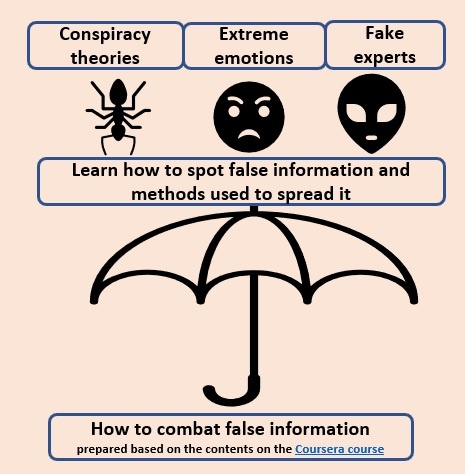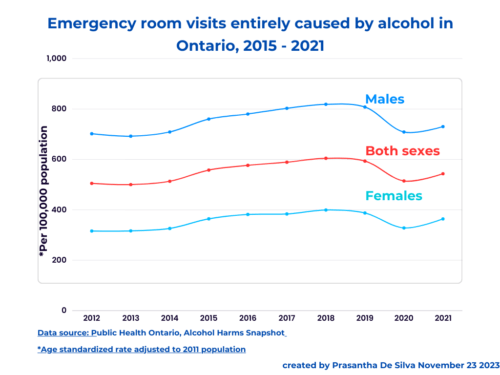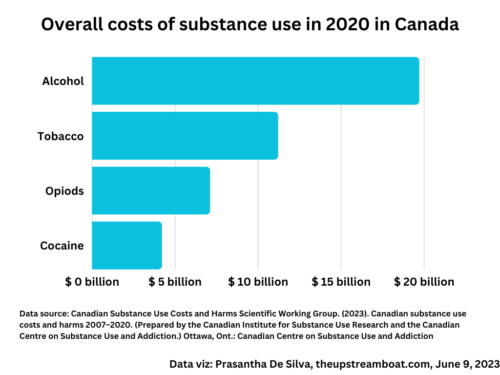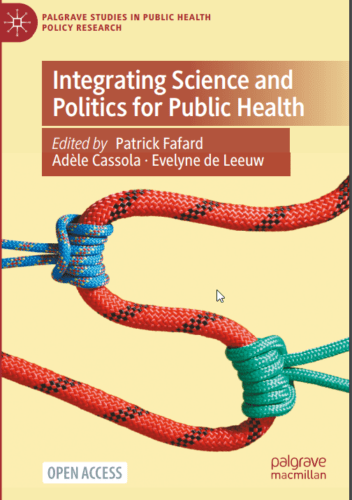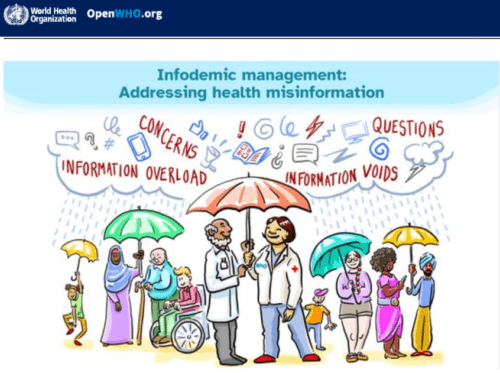How we frame our messages influence how we take climate action.
The Climate crisis is real; it is happening.
And, people are concerned about it.
However,
few seem to be willing to act upon it as in the case of any other problem in our daily lives.
What type of climate change messages are more persuasive?
On October 20, 2022, a Nature article, by Niheer Dasandi et al showed that
when we frame climate messages in a positive frame, highlighting health and environmental impact and global immediacy bolster public support.
Positive framing is more persuasive.
This is not a new finding.
Almost a quarter-century ago, researchers seem to have become interested in finding answers to this question.
In 1995 summer Joel J Davis published a research paper dissecting responses from university students to four types of messages about climate change.
He constructed eight advertisements, each containing three short paragraphs; each paragraph emphasised one aspect of message framing, namely:
- Gain-framed versus loss-framed;
- Current outcome versus future outcomes; and
- Taking less or doing more.
Gain-framed versus loss-framed:
I explained the effect of gain-framed and loss-framed messages on persuasion in achieving different outcomes.
Current versus future outcomes:
This is an important component of the message’s relevancy to the target audience.
If the target audience is more concerned about themselves, the message could become more persuasive if it highlights how they could be affected by climate change.
On the other hand,
if they are more concerned about future generations,
then,
the message may probably be adjusted accordingly.
According to Joel Davis, researchers have shown that highlighting short-term outcomes were more persuasive.
Taking less versus doing more:
In this research project, Joel Davis tested the effect of two different types of suggested activities:
Taking less (e.g. conservation-type activities) and
doing more (e.g. recycling-focused activities).
Altogether he created eight advertisements factorising the above variables into three short paragraphs and gave one to each respondent chosen randomly from 218 undergrad US students.
They found that simple, clear activities in the context of personally relevant (current rather than future), negative (loss-framed rather than gain-framed), and outcomes due to their inaction (doing less) were more persuasive.
While I was researching this topic, I found a very informative document about the psychology of climate change communication published by the Center for Research and Environment Decisions (CERD) in 2009. You can have access through this link.


